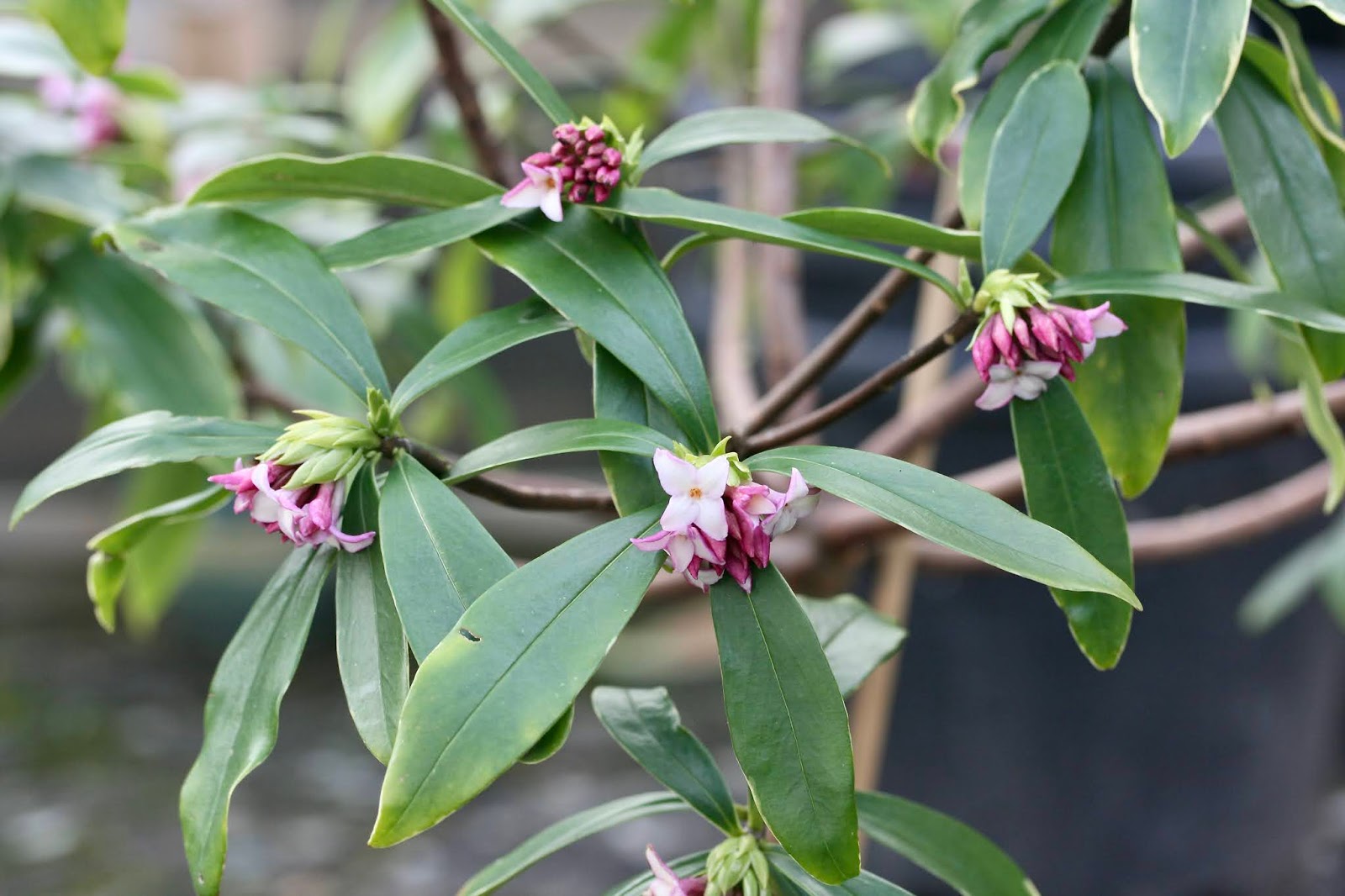Missing - km3
There are plenty of species missing from my latest lockdown list that, quite frankly, should have been recorded within the 3km circle by now. Cormorant, Red-legged Partridge, Great Black-backed Gull, Chiffchaff, Blackcap, Brambling and Siskin immediately spring to mind - all should be recorded in the coming month. March should also see the first incoming 'summer' migrants along with a wider cast of passage migrants. If last year is anything to go by, the odd night-time surprise - calling wildfowl and waders - will be possible and readily accepted. These will otherwise be hard to record across this largely dry recording area. I am also hoping that the 100th species to be recorded from the garden will appear - it's been stuck on 99 since last April. My prediction would be Mediterranean Gull, although Little Egret, Common Snipe or a night-calling Dunlin would not be hugely surprising. The way birding goes it will probably fall to a left field species that was not on my radar, ...










